Consciousness
5 Science Experiments That Show An Intelligent Consciousness Permeates Our Universe
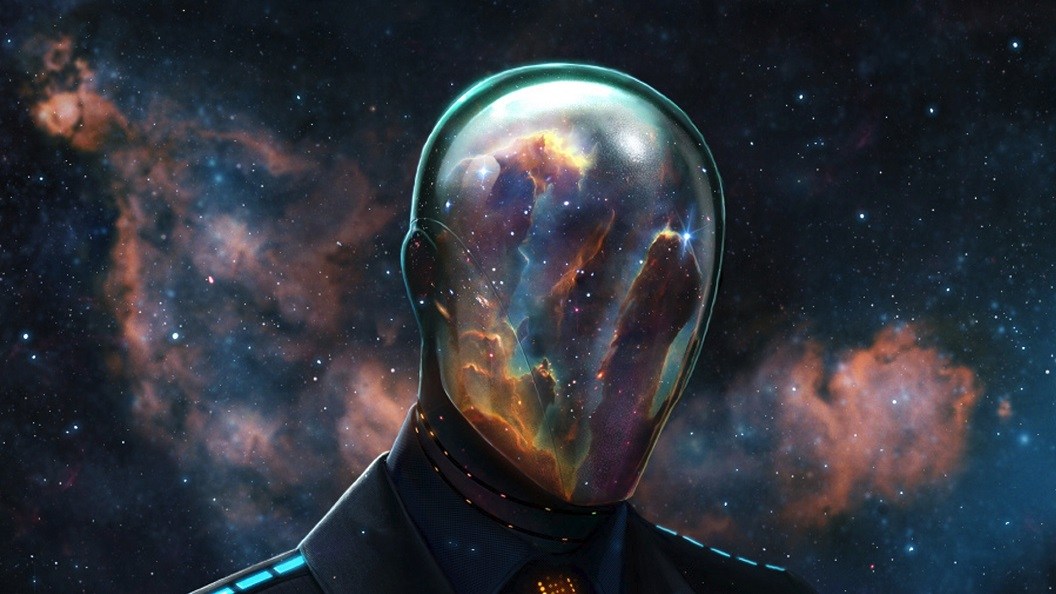
Since the dawn of self-awareness, both spiritual and scientific minds have pondered similar questions to our existence: Who are we? Where did we come from? How did we get here and where are we going?
While most teachers within the world’s religions would disagree to the specific answers to these questions, there is a reoccuring theme that presents itself—our universe is not simply a colliding ground of ‘dead’ matter and scientific chance, but rather it is a vast, interconnected ocean of intelligence. We often hear this theory mentioned as the great ‘oneness’, source, god, and the list goes on.
Within the field of quantum mechanics, physicists, too, have opened their eyes to the possibilities of a conscious, vibratory field that permeates the Universe. In his best-selling book, The Source Field Investigations, author David Wilcock proposes the question, “could all space, time, energy, matter, biological life, and consciousness in the Universe be the product of a source field?” He references a number of curious experiments conducted by scientists over the last century which add credence to his theory, and by the end of the book it is difficult to refute the existence of what he names the ‘Source Field’.
Below are five experiments explored in The Source Field Investigations that aim to prove the existence of an interconnected consciousness that pervades the Universe.
1) Dr. Cleve Backster discovers plants perceive threats and have extra-sensory perception.
Cleveland Backster was a researcher and interrogation specialist for the CIA who served as director of the Keeler Polygraph Institute in Chicago. Backster developed the first numerical standardized evaluation of the polygraph chart and went on to study and promote the technology extensively.
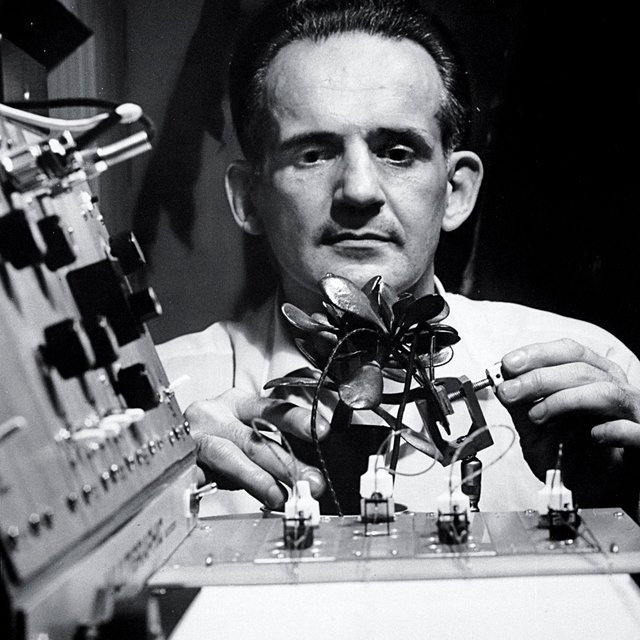
Dr. Cleveland Backster: Henry Groskinsky/Time Life Pictures/Getty Images Backster performing one of his experiments.
On February 2, 1966, Backster’s secretary purchased him both a rubber plant and a dracaena plant from a store going out of business down the street. Backster ended up working through the night, and in the wee hours of the morning had an idea to attach his dracaena plant to the polygraph to see if anything happened.
He was surprised to see the plant exhibit a jagged and ‘alive’ pattern of electrical activity. Then in a brief, passing moment, the plant showed a similar pattern which would normally appear when a human lies. He took this a step further and decided to threaten the plant’s well-being to see if another reaction took place.
First, he dipped the leaf in coffee to no reaction on the polygraph, then he thought of putting a flame to the leaf. In the same instant the polygraph went wild. Backster stated that no words were spoken, yet by merely thinking about what he was going to do the plant reacted. “It was as though the plant read my mind,” Backster wrote in his book, Primary Perception.

Cleve Backster discovered that plants can perceive threats even if they are only a thought in our mind.
Next, Backster grabbed a box of matches and watched the wild reaction continue, and only when he put the matches away and let go of his idea to harm the plant did the polygraph return to normal levels.
Thus began Backster’s intensive study of plants and polygraphs. He discovered that by simply taking care of a plant, the plant appeared to begin to monitor his thoughts and feelings. “When I left the lab to run an errand, I found that the moment I decided to return to where that plant was, the plant often showed a significant reaction.”
In his book, Backster described how he carried a plant with him all the way from New York to Clifton, New Jersey, to attend a surprise party. When he arrived, right at the moment he and the plant entered the house and everyone yelled, “SURPRISE!” there was a big reaction from the plant at the exact time.”
Backster began leaving plants hooked up to polygraphs without trying to do anything—just observing their reactions and then trying to figure out what might have caused them. One day he found a strong reaction after pouring boiling hot water down his sink. Later testing revealed the sink was loaded with bacteria, and when the bacteria suddenly died from the scalding hot water, the plant received a threat to its own well-being and ‘screamed.’
In a later experiment, Backster designed a machine that would drop brine shrimp into boiling water at random. He noticed the plants would react strongly, but only at night when no one was around.
During a visit to Yale University Linguistics School, Backster got a student to trap an arachnid between his hands while an ivy leaf was plucked and hooked up to the polygraph. They noticed a reaction only when the spider became conscious that it was able to run away.
Backster evolved his studies, hooking up things like chicken eggs and yogurt cultures, and continued to get stunning results. Consistently, what he found was that every living thing is intimately attuned to its environment. When any stress, suffering or death occurs, all the life-forms in the surrounding area have an immediate electrical response.
One time, Backster hooked an egg up to the electrodes and watched as the egg ‘screamed’ as each of its neighbours were dropped into boiling water, one by one. Backster also noted that he had kept the electroded egg in a lead-lined box that screened out all electromagnetic fields, which eliminated the chance that any radio waves, microwaves, or other electromagnetic frequencies were to blame for the reading.
He repeated this effect by encaging plants in a copper screen, called a Faraday cage, and not surprisingly the plants behaved as if the screen did not exist.
“I felt certain [the information passing between plants, bacteria, insects, animals and humans] was not within the known electromagnetic frequencies…distance seemed to impose no limitation,” he wrote in Primary Perception.
2) Dr. Jacobo Grinberg discovers couple’s brains are connected by an undetectable field.
Jacobo Grinberg was a Mexican scientist who studied extensively in the fields of shamanism, meditation, and telepathy. After witnessing a phenomenon known as “psychic surgery,” he theorized that a “neuronal field” created within the brain interacts with a “pre-space structure”—a holographic non-local lattice that has the properties of consciousness—activating a partial interpretation of it and creating the brain’s perceived reality.
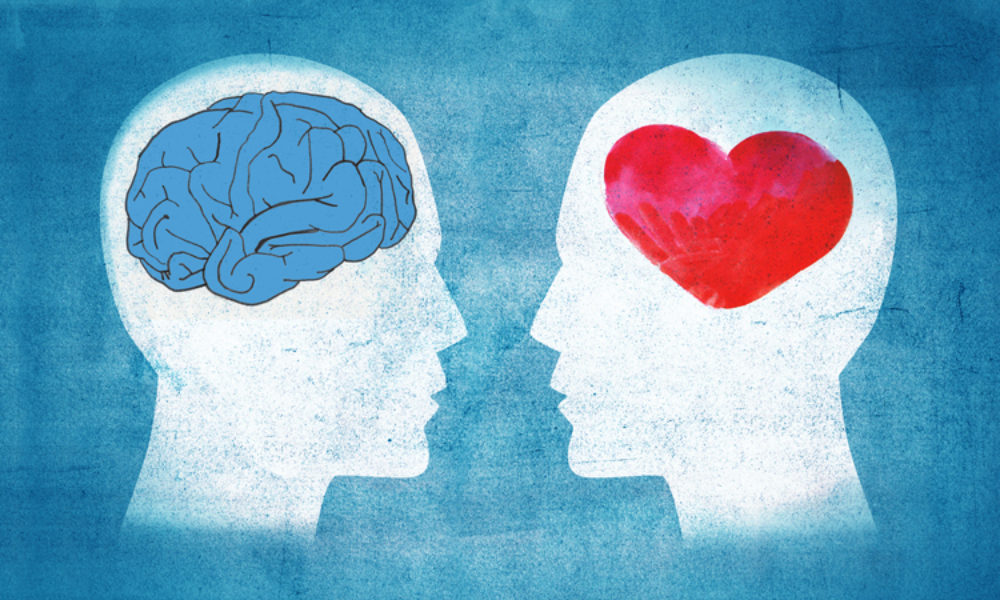
Dr. Grinsberg found that couples who meditated together synced brain waves, and that when they were separated into rooms shielded from any electromagnetic energy their brains remained in sync. When Grinsberg would flash a light in one of their eyes, the partner in the adjacent room would also experience a reaction on the polygraph chart.
To prove his theory, he began his experiments using a couple who would first meditate together for twenty-minutes and then be separated into different rooms shielded from any electromagnetic fields. He noticed both participant’s brainwaves would begin to noticeably synchronize and that both hemispheres within each of their brains showed the same patterns.
Furthermore, the person with the most coherent, organized brain waves would always exert a greater influence over the other. He repeated this experiment later and added an effect of flashing a light in one person’s eyes at random. Twenty-five percent of the time the other person would show a reaction similar as they would if they were the ones being blinded by a bright light.
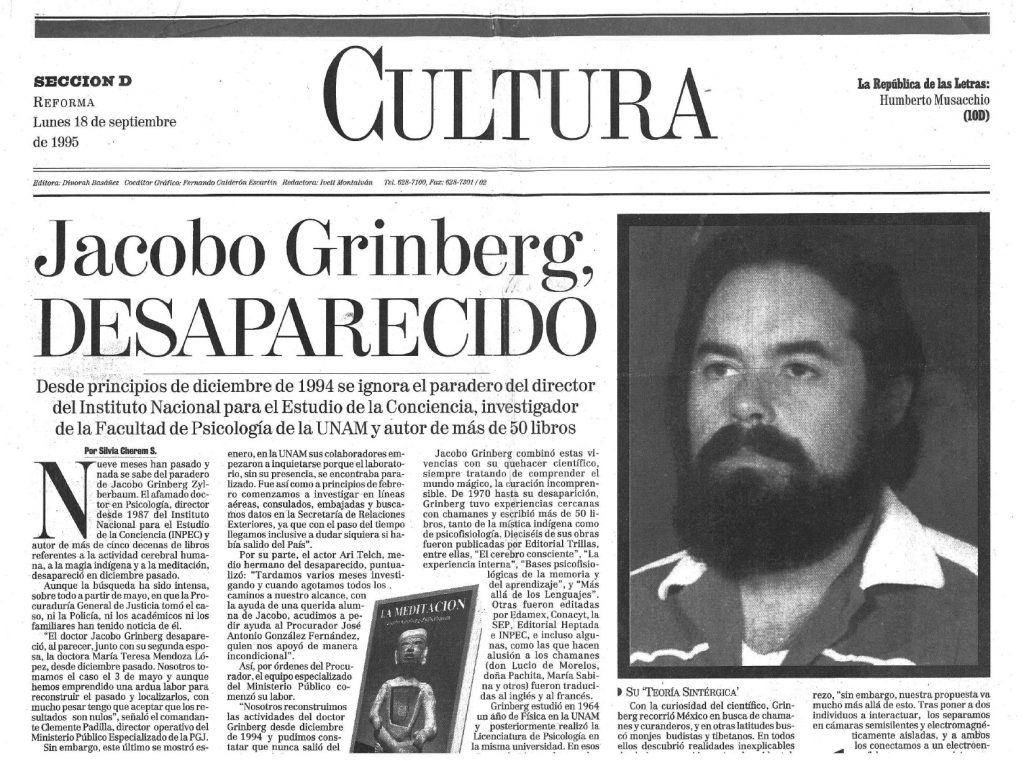
Dr. Jacobo Grinsberg was a parapsychologist who studied telepathy and other psychic phenomenon before his disappearance in 1994.
Interestingly, Grinberg’s control subjects did not show any such connections. It was a stunning discovery, one that would add support to Backster’s experiments of a conscious source field. However, in 1994, right before Grinberg’s work went mainstream, Jacobo Grinberg disappeared. To this day he was never found, and many speculate his disappearance was related to lethal threats over his groundbreaking work.
3) Dr. William Braud demonstrates the ‘someone is watching you’ effect.
Dr. William Braud was an American psychologist and parapsychologist who was best known for conducting experiments to test for psychokinetic influences upon living systems.
According to Lynne McTaggart in her book, The Field, Dr. Braun began his experiments by attempting to transfer his thoughts to one of his students under hypnosis. When Braun pricked his hand, the student felt pain. When he put his hand over a candle flame, the student felt heat. When he stared at a picture of a boat, the student made comments about a boat.
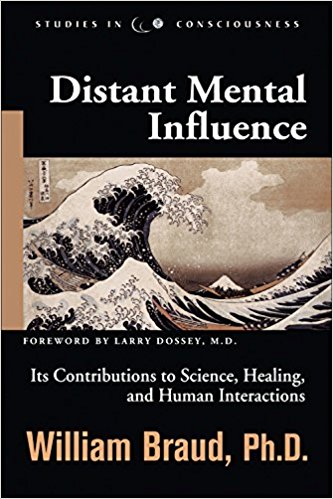
Braun eventually published more than 250 articles in notable psychology journals on the phenomena previously mentioned. One of his first rigorous experiments involved knife fish, which emit electrical signals whenever they move from one position to the next. He hooked them up to electrodes and then had his study participants change the position of the fish by their conscious intent alone.
Similarly, Braud found that participants could increase the speed that Mongolian gerbils ran on their activity wheels, with all other factors being rules out.
Next, Braud wanted to study the effect of being aware of someone watching you. He put one person in a private room with a small video camera, wired him up to the polygraph and told him to relax. In the next room, Braun could see the participant’s face on his TV screen. A second participant was then told to stare intently at this person on the monitor and try to get his attention, but only when a random number generator told him to do so.
Sure enough, when the first person was being stared at, his skin revealed significant electrical spikes. This occurred an average of 59 percent of the time he was being stared at.
Braun’s work provided solid proof that people can transmit their thoughts to others and create a physical reaction without being consciously aware of what’s happening.
4) ‘Remote viewing’ suggests that everything in the Universe is ultimately one mind.
Remote viewing is the practice of seeking impressions about a distant or unseen target using extra sensory perception. The phenomenon has been extensively studied and written about over the last century.
Brenda Dunne and Robert Jahn out of Princeton University lead a study titled, Consciousness and Anomalous Physical Phenomena, in which they trained forty-eight ordinary people to study remote viewing.
In the study, one person would visit a randomly chosen location from five to six thousand miles away and the viewer would attempt to gain information about what that person was seeing. In 336 trials, almost two-thirds of the viewers’ observations appeared to be significantly accurate—at odds of a billion to one against chance.
On page 160 her book, The Field, author Lynne McTaggart stated that even a distinguished government panel of skeptical scientists and two Nobel laureates studied data in remote viewing—and concluded the research was flawless.
Another team, headed by noted skeptic Dr. Ray Hyman, concluded the results were much too strong to be written off as random chance or coincidence. They used screened rooms to prove electromagnetic waves could not be responsible for transferring information to the viewer’s conscious mind.
Interestingly, as David Wilcock writes in The Source Field Investigations, “the remote viewers were able to see events that had not yet happened in linear time, even when those events were chosen at random—after they had already been correctly viewed in a secure location,” suggesting the mind is not confined to linear time at all.
In 1980, Drs. Karlis Osis and Donna McCormick performed a remarkable experiment to see if our mind could create energetic traces in the locations being remotely viewed. A gifted psychic named Alex Tanous was asked to remote-view a target, which was a series of scattered objects that only formed a single image from a specific location.
In the exact location, they hung two metallic plates side by side on strain gauges which would pick up subtle movements. When Tanous described the target accurately, the plates jiggled around much more than usual. Their greatest movement occurred immediately after Tanous began viewing the image. There was no obvious visible light in the area as Tanous did the viewing—only the slight but measurable movement of the plates. [1]
5) Collective conscious intent changes the world.
If our minds are intrinsically connected to a grand consciousness, then can we affect global change by simply coming together with a focused intent?
Over a two-year period, groups of about seven thousand people gathered three different times in meditation—and during these meetings, they were able to reduce all acts of terrrorism, world-wide, by a phenomenal 72 percent.
The study was accepted in the Journal of Offender Rehabilitation, which ruled out cycles, trends, weather, weekends, holidays and all other variables.

Large groups of meditators were able to effectively reduce global violence.
During the summer of 1993 in Washington D.C., violent crime was reduced by up to 23.6 percent over a two-month period as the number of meditating participants increased from eight hundred to four thousand—despite the fact that violent crime had been increasing before they met. Interestingly, crime levels went back up after their meeting ended.
Since 1993, fifty different scientific studies had rigorously proven that this effect really works over the preceding thirty years.
Wilcock proposes that this effect works because we’re all sharing the same mind, to some degree. In The Source Field Investigations, he mentions experiments conducted by the HeartMath Institute, in which people with the greatest coherence affected the brain wave patterns and biorhythms of others who were close to them:
“If seven thousand people can reduce worldwide terrorism by 72 percent, this suggests the Source Field is significantly biased in favor of positive emotions rather than negative ones.”
“These discoveries are undeniable facts,” Wilcock writes. “Our mind-to-mind connection, sharing thoughts and experiences, have been proven over and over.”
Does the Source Field exist?
As the science shows, there seems to be a field of consciousness that connects all things in the Universe, a concept which has only just been scratched by science. If this unifying field very well exists, numerous questions follow—is reality as we know it a holographic projection of this higher consciousness? Where does this consciousness come from? And why are we here if this is merely an illusory projection of something more profound?
These deeper mysteries of space, time, energy, matter, biology, and consciousness are the fundamental questions of our existence. And it seems we are now at the precipice of this sacred knowledge—knowledge which for millennia has been waiting for us to re-access. Imagine the potential for life as we know it if we could begin to better tap into this intelligence?
Soon, every science fiction and fantasy movie might be closer to reality than we would have ever thought possible.
Footnotes:
- Osis, K., & McCormick, D. (1980). Kinetic effects at the ostensible location of an out-of-body projection during perceptual testing. Journal of the American Society for Psychical Research, 74 (3), 319-329.
- Wilcock, David. (2012). The Source Field Investigations: The Hidden Science and Lost Civilizations behind the 2012 Prophecies. Dutton.
Typos, corrections and/or news tips? Email us at Contact@TheMindUnleashed.com
